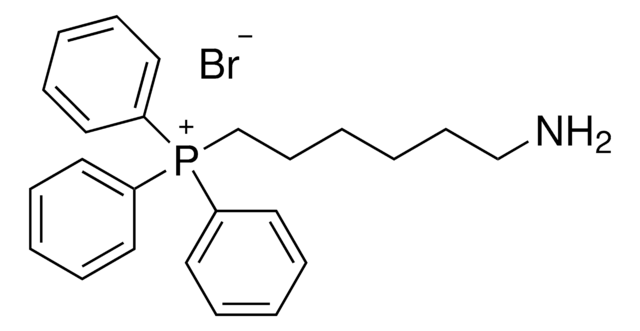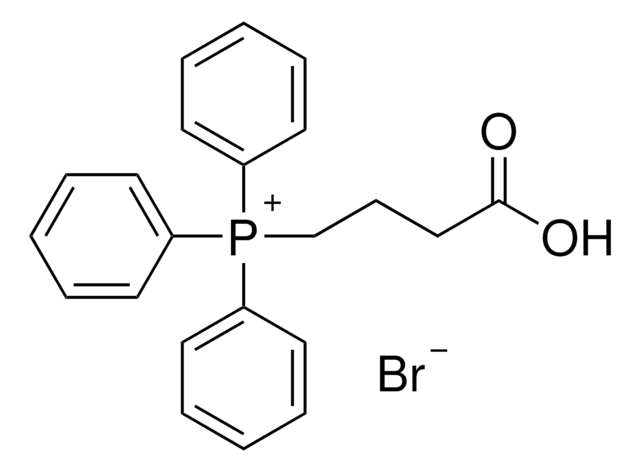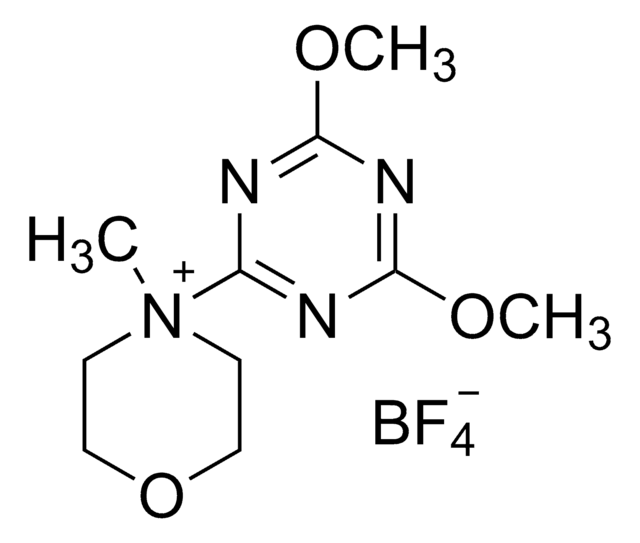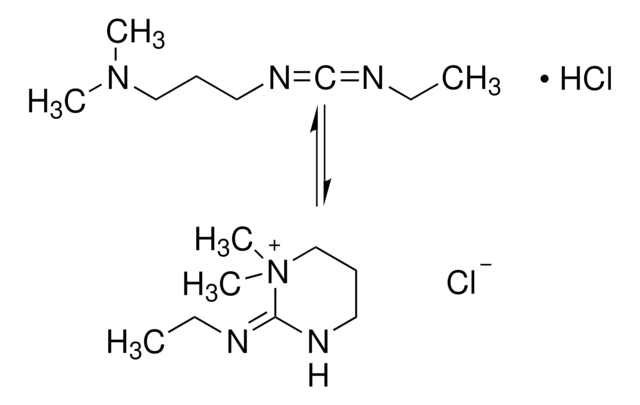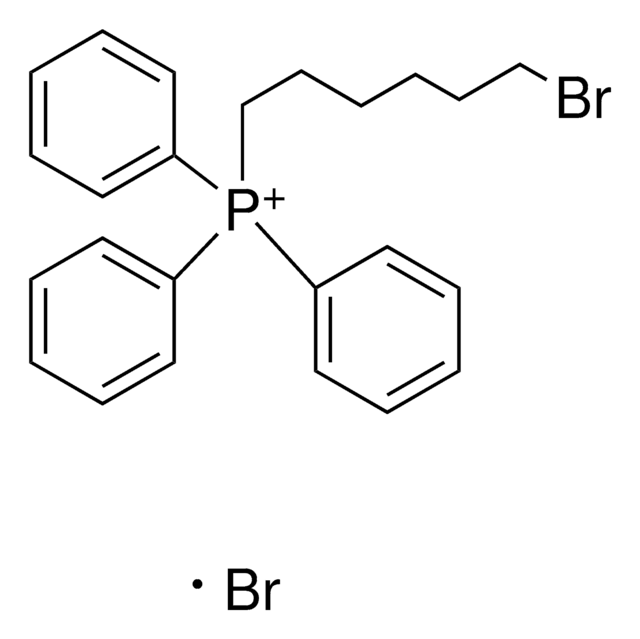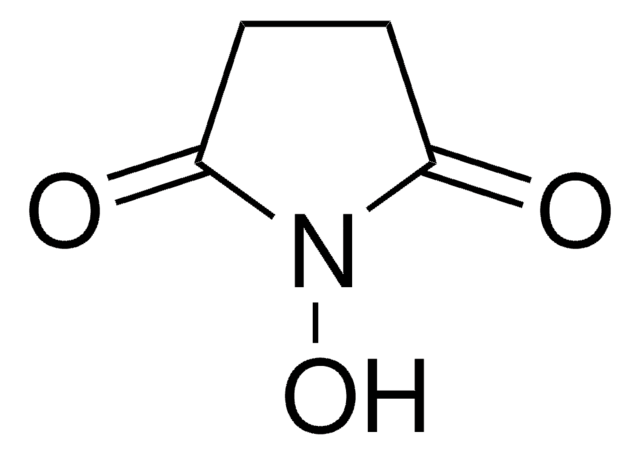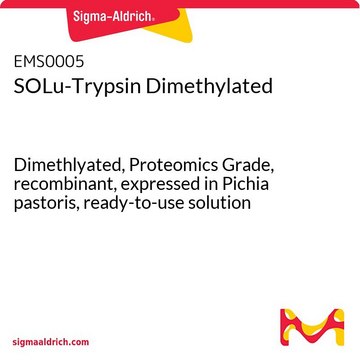909599
DHSO crosslinker
Synonym(s):
3,3′-Sulfinyldi(propanehydrazide), Dihydrazide sulfoxide, Mass spectrometry-cleavable crosslinker for studying protein-protein interations
Select a Size
Select a Size
About This Item
Recommended Products
form
powder
storage temp.
2-8°C
SMILES string
[S](=O)(CCC(=O)NN)CCC(=O)NN
InChI key
XTCXQISMAWBOOT-UHFFFAOYSA-N
1 of 4
This Item | 909602 | 909610 | EMS0005 |
|---|---|---|---|
| storage temp. 2-8°C | storage temp. 2-8°C | storage temp. 2-8°C | storage temp. 2-8°C |
Application
Other Notes
Developing an Acidic Residue Reactive and Sulfoxide-Containing MS-Cleavable Homobifunctional Cross-Linker for Probing Protein–Protein Interactions
Development of a Novel Sulfoxide-Containing MS-Cleavable Homobifunctional Cysteine-Reactive Cross-Linker for Studying Protein–Protein Interactions
Structural dynamics of the human COP9 signalosome revealed by cross-linking mass spectrometry and integrative modeling
Legal Information
related product
Storage Class Code
11 - Combustible Solids
WGK
WGK 3
Flash Point(F)
Not applicable
Flash Point(C)
Not applicable
Choose from one of the most recent versions:
Certificates of Analysis (COA)
Don't see the Right Version?
If you require a particular version, you can look up a specific certificate by the Lot or Batch number.
Already Own This Product?
Find documentation for the products that you have recently purchased in the Document Library.
Articles
Sulfoxide-containing MS-cleavable cross-linkers capture protein-protein interactions in native cellular environments, aiding PPI identification.
Choosing the right crosslinker for your biochemical or bioconjugation research can be challenging. Our selection guide can help you find the perfect match for your applications.
Our team of scientists has experience in all areas of research including Life Science, Material Science, Chemical Synthesis, Chromatography, Analytical and many others.
Contact Technical Service